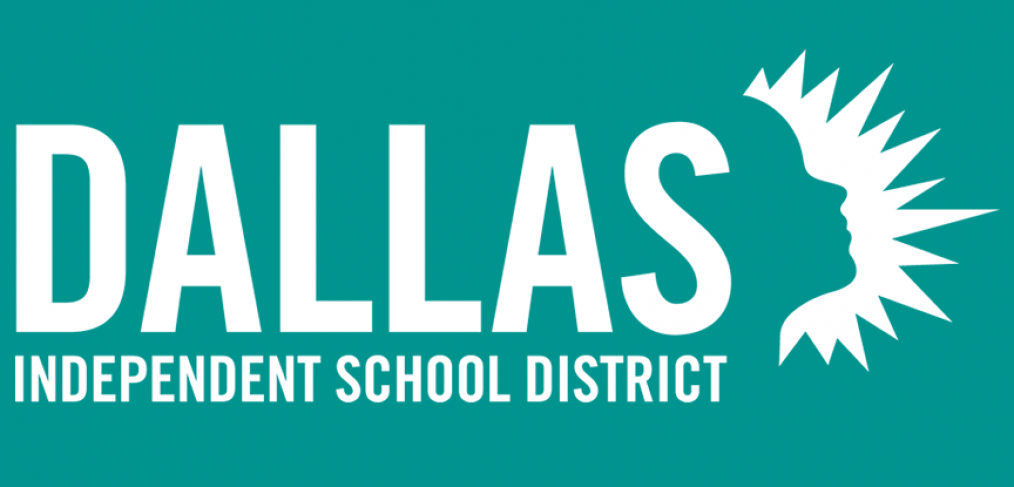Breast cancer is the most common cancer in women in the United States, except for skin cancers, according to the American Cancer Society. U.S. women have a 13% chance of developing breast cancer in their lifetime. Thanks to early detection and new treatments, many women who are diagnosed survive. Two Dallas ISD staff members share their stories of treatment and survival.
SeAndra Smith-Reese
Teacher Assistant
J.L. Long Middle School
I am a 3-year breast cancer survivor. I found out about having breast cancer during Christmas break in 2017. When the doctor called, I could not breath and was suddenly feeling like my soul was out of my body. It was the worst feeling I ever experienced! I told myself, “It’s Christmas!” which is my favorite holiday. My spirts was gone fast.
It was hard to share that news with my family because we are close. I began to have all negatives thoughts because when hearing the “C” word, it seems like it’s the end of the world. But I had to think differently about this because I have a family. I had other fighters who supported me from the beginning, which helped me.
Thinking positive is the best thing to do to get through this battle. I often see people using journey, but I knew what it meant until then. It’s the journey of the battle to fight the disease and not let the little “c” win.
Being Stage 1, I have been through all tests, surgeries and chemotherapy. I researched complicated medical terms, lost weight, had my hair fall out and lost few friends.
I am now in remission, and it will stay that way because I BELIEVE in continuing to fight this battle for a long time. I now give back by showing supports to those who are facing this battle and letting them know that they are not alone.
I am thankful for my caregivers who never left me and for early detection, that gave me the best results.
Christi Canady-Boyd
Speech and Language Pathology Department
Bryan Adams High School
North Dallas High School
Robert T. Hill Middle School
Skyline High School
The first week of the school year started out pretty normal. Staff changes and work changes created a massive amount of anxiety, but I had no worries because I usually push through it. By the second week, I had a routine physical with my doctor and mentioned a light pain coming from an area on my chest. She examined me and found a lump, but I wasn’t really concerned because that happens occasionally. Just to be on the safe side, she bypassed a regular mammogram and sent me immediately to get a diagnostic screening. Of course, the screening revealed the lump, and I get scheduled the following week for a biopsy. Three days later, I got the news: Stage 2 triple negative breast cancer, the most aggressive form.
I’m fine at first because I have always been the type person to stay positive, keeping my problems and feelings hidden. Anyone who knows me will tell you that I always have a smile on my face. I didn’t worry too much about the diagnosis because technology is highly advanced, so I felt that I would somehow pull through this. Surprisingly, the most stressful and depressing thing was the constant office visits, screening tests, phone calls, and having to repeat the full story to people who needed to know.
Today, I am almost two months into the diagnosis, and the anxiety is pretty much stemming from the same place. The process! But have a wonderful and mighty circle of family and friends. They, along with my department and administrators, have provided a tremendous amount of aid during this process. My home campus principal at Skyline High School, Angela West, has repeatedly shown her concern and has assisted in every way possible. My assistant principal, Sonja Nix, and the SPED staff at Skyline High School have organized a team to walk in my honor for the Susan G. Komen More Than Pink Walk in late October. I am loved, and I need it! This is just the beginning of a long journey, which will pretty much last the entire school year. But I must say that I am armored, and I am ready to “Fight Like a Girl!”
For more information about the district’s efforts and links to resources, visit www.dallasisd.org/breastcancerawareness.










